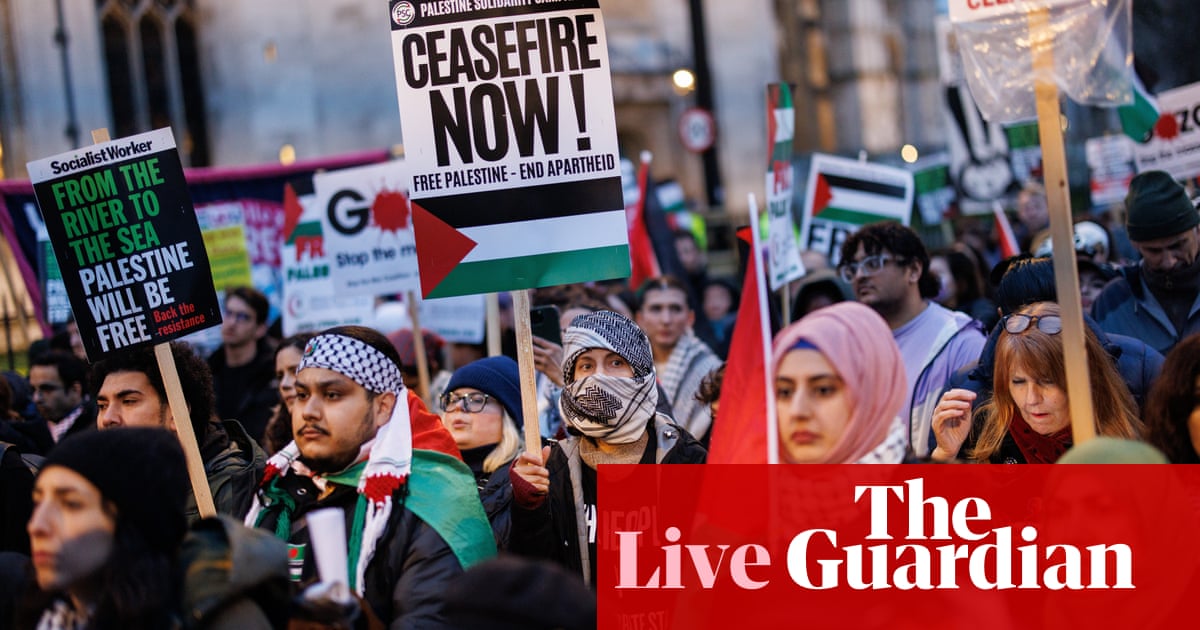
Iceland briefly celebrated electing a female-majority parliament on Sunday, before a recount produced a result just short of the landmark for gender parity in the north Atlantic island nation.
The initial vote count gave female candidates 33 seats in Iceland’s 63-seat parliament, the Althing, in an election in which centrist parties made the biggest gains. The result would have made Iceland the first country in Europe to have more women than men in parliament.
Hours later, a recount in western Iceland changed the outcome, leaving female candidates with 30 seats, a tally previously reached at an election in 2016. However, almost 48% of the total is still the highest percentage of female lawmakers in Europe.
Only a handful of countries, none of them in Europe, have a majority of female lawmakers. According to the Inter-Parliamentary Union, Rwanda leads the world, with women making up 61% of its chamber of deputies, with Cuba, Nicaragua and Mexico at or just over the 50% mark. Worldwide, the organisation said just over a quarter of legislators are women.
“The female victory remains the big story of these elections,” politics professor Olafur Hardarson told broadcaster RUV after the recount.
Iceland’s voting system is divided into six regions and the recount in western Iceland was held after questions about the number of ballots cast. The mistakes have not been entirely explained but are thought to be due to human error.
The three parties in the outgoing coalition government led by the prime minister, Katrín Jakobsdóttir, won a total of 37 seats in Saturday’s vote, two more than in the last election, and appeared likely to continue in power.
Opinion polls had suggested a victory for left-leaning parties in the unpredictable election, in which 10 parties competed for seats. But the centre-right Independence party took the largest share of votes, winning 16 seats, seven of them held by women. The centrist Progressive party celebrated the biggest gain, winning 13 seats, five more than last time.
Before the election, the two parties formed Iceland’s three-party coalition government, together with Jakobsdóttir’s Left Green party. Her party lost several seats, but kept eight, exceeding poll predictions.
The three ruling parties haven’t announced whether they will work together for another term, but given the strong support from voters, it appears likely. It will take days, if not weeks, for a new government to be formed and announced.
Climate change had been a major feature of the campaign. An exceptionally warm summer by Icelandic standards – with 59 days of temperatures above 20C (68F) – and shrinking glaciers have helped drive global warming up the political agenda.
But that didn’t appear to have translated into increased support for any of the four left-leaning parties that campaigned to cut carbon emissions by more than Iceland committed to under the Paris Climate Agreement.
One candidate whose victory was overturned by the recount was law student Lenya Run Karim, a 21-year-old daughter of Kurdish immigrants who ran for the anti-establishment Pirate party.
“These were a good nine hours,” said Karim, who would have been Iceland’s youngest-ever lawmaker.












